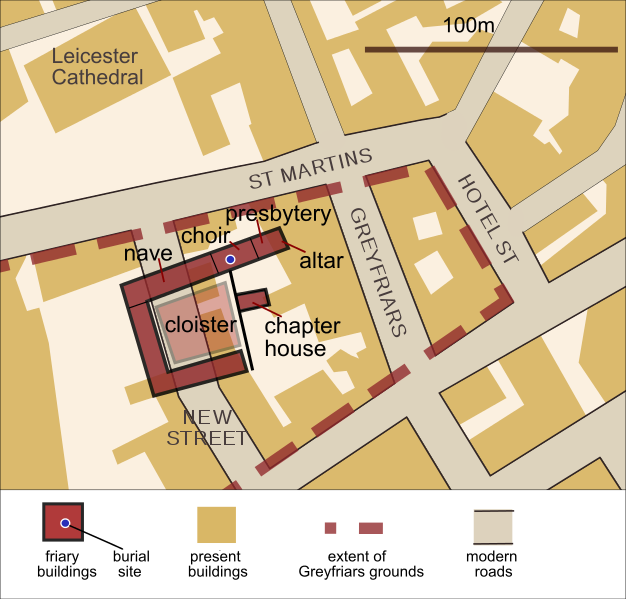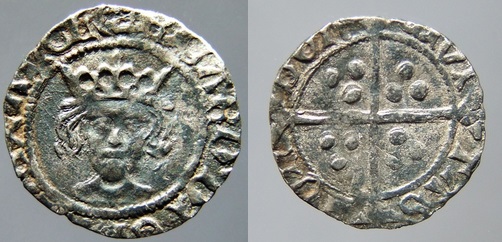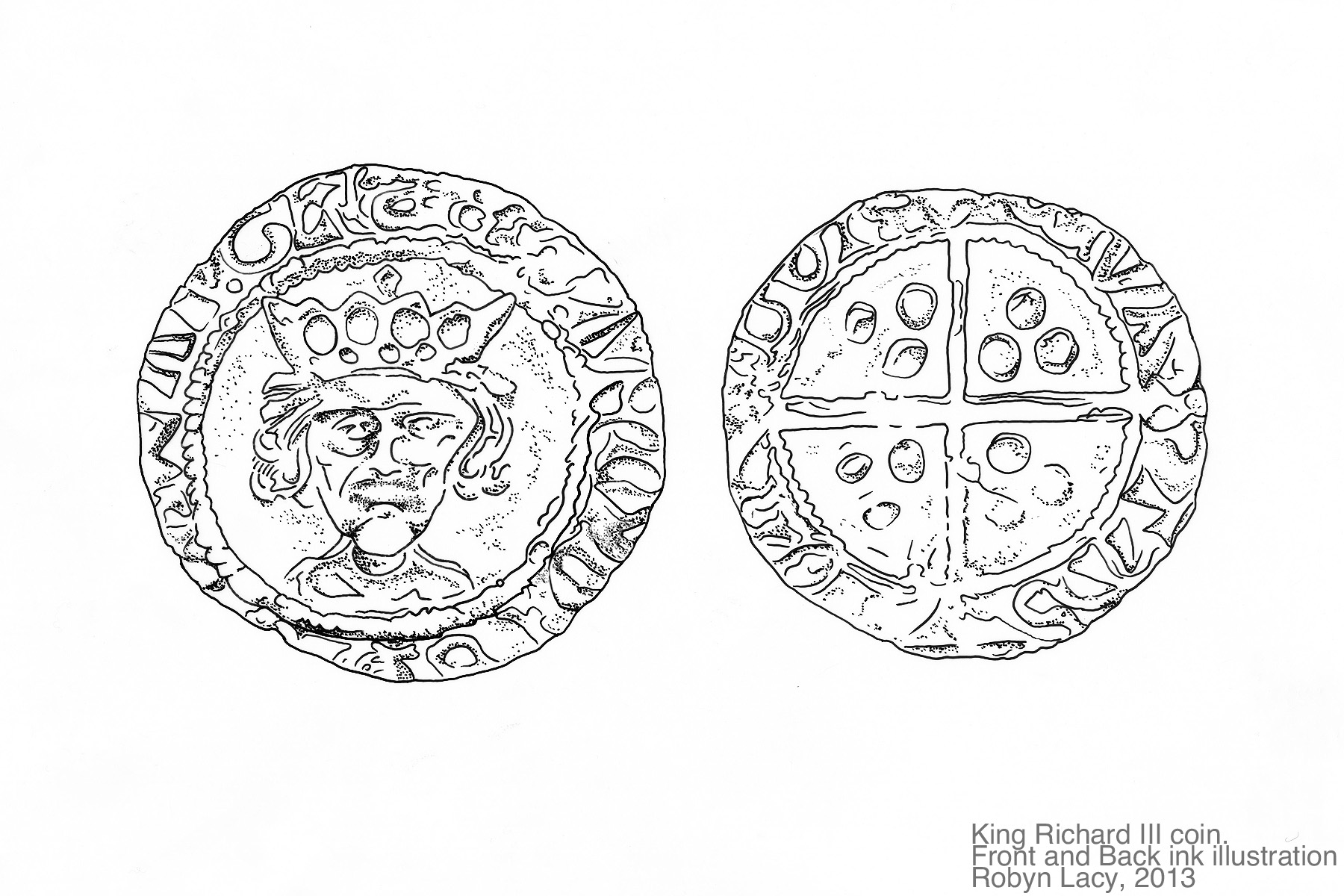
Richard III - A tragedy with a good ending?
Richard III is a king who has had a reputation assigned to him, largely post-mortem. Perhaps the most famous of these being born out of the Shakespeare play, Richard III. The play describes the longstanding civil war caused by the families of York and Lancaster with Richard resenting the outcome. Richard is depicted as a hunchback with his physical deformity partnering his malicious and vengeful nature. Shakespeare depicts him as wanton and selfish, willing to do whatever it takes to become King of England. But Shakespeare also portrays him as intelligent, driven and devoted, as he seeks to restore the kingdom to what he believes is rightly his. But ordering the execution of family and noblemen causes a great deal of fear amongst the populace. A fear and opinion that can be argued to still hold true today. The deaths of these people are described as haunting Richard the night before the fateful Battle of Bosworth that saw Henry VII crowned as king. The body of King Richard was never found, until now.
In August of 2012 an archaeological excavation took place in the car park of council offices to search for the remains of the lost king. Richard was buried somewhat secretly and hurriedly under the floor of Greyfriars Church, but Henry VIII dissolved it and so its whereabouts remained a partial mystery. Thankfully, after detailed mapwork and examination of documentary sources, the church was found and, sure enough, a skeleton was discovered that appeared to match the description of the monarch Richard III. Richard was killed at the Battle of Bosworth in August of 1485 as he bravely fought Henry Tudor and he is purported to have sustained substantial injuries inflicted by a halberd with the loss of his helmet making matters worse. These injuries are thought to have been so severe due to the loathing of Richard and they were certainly apparent when the skeleton was examined.

Map of the Greyfriars Church site with the location of the skeleton of Richard marked in blue. Contains Ordnance Survey data. Crown copyright and database right.
The skeleton was found beneath the choir and it was found to have a deformed spine and severe damage to the back of the skull which was thought to have been the cause of death. After extensive genealogical research and subsequent DNA tests it was said, beyond doubt, that the body was indeed that of Richard III. Whilst controversy surrounds the choice of the final resting place of the King, Historic Coinage is proud to offer a tangible link to this tumultuous period of history. One of the rarest English hammered coins in existence and probably the best known of this type.

Richard III silver penny of London mint.
The only two examples which have been recorded are:
1) A poorer example stolen from Seaby in 1962 (never recovered).
2) A low grade specimen found a few years back by a metal detectorist.
This really is the best example likely to appear on the market in generations and is an opportunity not to be missed. Reference: Spink 2165, Type IIb. Weighing 0.829 grams.
The example in the British Museum reads Edward whereas this stunning example bears the name, clearly, of Richard. This example is very well-struck and on a full flan, making it a most attractive example.

This is an illustration that was done by Robyn Lacy of the original coin. She used two pieces of permatrace (velum) for the original drawing. One was for the pencil layer and the other for the inking. Once these were completed the images were scanned into PhotoShop for the final changes to be made and, as a result, a wonderfully accurate image was produced to show the coin in its true light, providing a somewhat clearer image than a photograph ever could.

Here is Robyn working her magic. You can see her other work here.
To view the Richard III penny in more detail as well as details of how to purchase please click here.